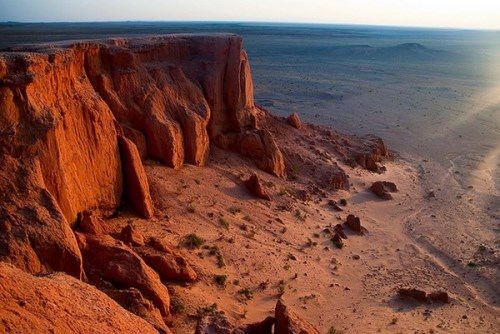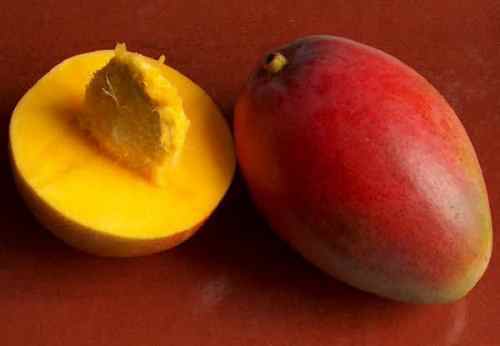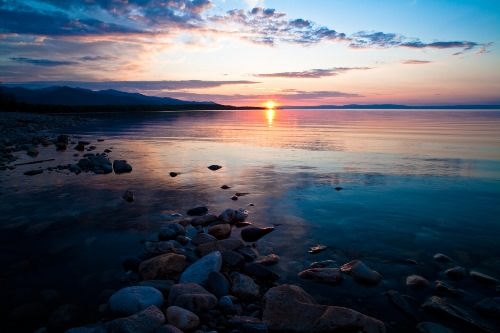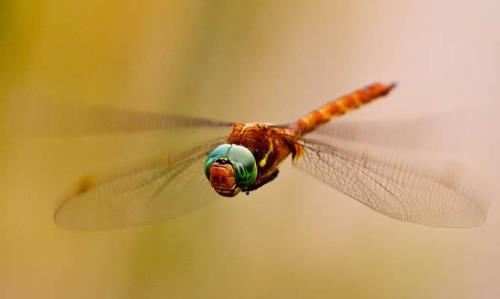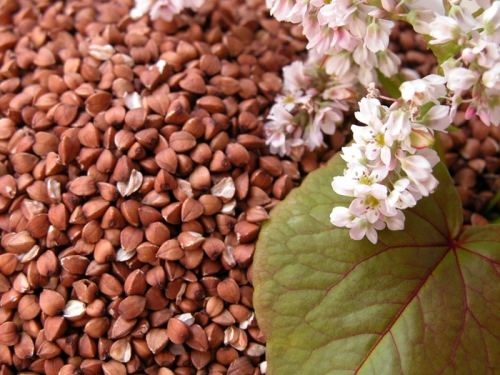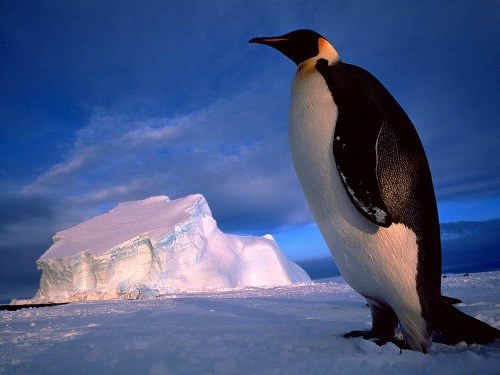Gobi – mysterious desert
The Gobi is one of the greatest deserts of the world. It stretches from Northern China to South-East Mongolia. Its area is 1,300,000 square kilometers and this is more than the area of Peru. The word “gobi” means “waterless place” in Mongolian. The regions of the Gobi Desert, as commonly believed, have been virtually unchanged and anhydrous for 65 million years.
Since ancient times this desert was called Shamo desert.
The Gobi climate is sharply continental: the winter is very cold (the temperature drops to -55 ° C), and the summer is hot (the temperature rises to +58 ° C).
To prevent the expansion of the desert the government of China is implementing the project Green Chinese Wall. This is the largest greening project in the history of mankind.
More »
